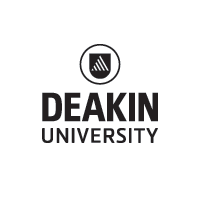Introduction
This topic explores the key concepts of the Earth’s structure as they relate to:
- the structure of Earth
- movement of Earth’s crust
- earthquakes
- tsunamis
- volcanoes
- rocks.
Key concepts of Earth’s structure
The activities in this topic are designed to explore the following key concepts:
- Earth is made up of layers: the core, mantle and crust.
- Earth’s crust is divided into plates that move like bricks over freshly laid mortar.
- Earth’s plate movements are responsible for earthquakes, tsunamis and volcanoes.
- Earth’s plate movements are responsible for the creation of mountain ranges.
- Soils on Earth are the result of weathering of rocks.
- There are three main categories of rock: igneous, metamorphic and sedimentary.
- Igneous rocks are formed through the cooling of magma.
- Sedimentary rocks are formed through compaction of sediment over an extended period of time.
- Metamorphic rocks result through the transformation of other rocks by heat and pressure processes that occur below Earth’s surface.
- Minerals are the building blocks of rocks.
Students’ alternative conceptions of Earth’s structure
Research into students’ ideas about this topic has identified the following non-scientific conceptions:
- The location of earthquakes is random.
- Continents don’t move.
- Earth is molten, except for its crust.
- Most of the world’s most spectacular scenery was created by cataclysmic events.
- An earthquake measuring 6.5 on the Richter scale is one time more powerful than an earthquake measuring 5.5.
- Rocks stay the same forever.
- Earthquakes cannot happen where I live.
- The biggest danger of a volcano such as Mount St Helens is the hot lava.
- Any crystal that scratches glass is a diamond.
- Rocks must be heavy.
- Soil must have always been in its present form.
- Mountains are created rapidly.
- Earth’s gravitational attraction is drastically reduced on mountaintops.
- Boiling or burning radioactive material can reduce the radiation emanating from the material.
- All radioactivity is man-made.
